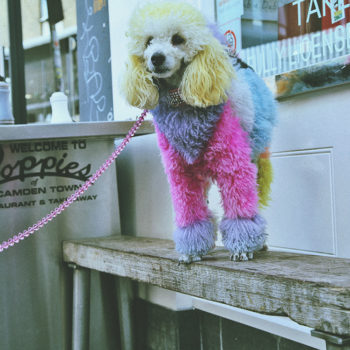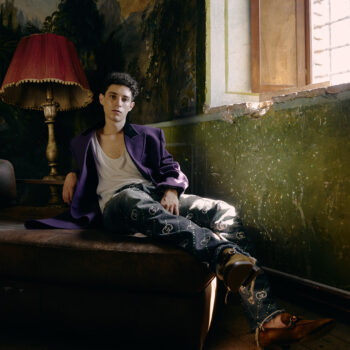Caribbean Sea: Anguilla, travel plots in a sincere land where luxury is intimacy and a primordial beauty
The magic of simplicity, a return to the true essence of a holiday on a remote paradise island: reportage between the present and the past of the “jewel” in the British West Indies that captivates with its almost primordial beauty and its traditions that, even today, make it vibrate with an overwhelming authenticity that makes the hearts of those who have explored it beat, even when they return home
By Sabrina Quartieri
It is the “Johnnycake”, a food only for strong stomachs eaten by locals for breakfast, that in a way tells the story of the origins and present of the people of Anguilla, the Caribbean island in the British West Indies, which can be reached from nearby Saint Martin by flying over or sailing the turquoise waters that bathe them. This cornmeal flatbread stuffed with a trigger fish called “Old wife”, once called the “Journeycake”, was prepared by the wives of those embarking to the plantations of the Dominican Republic, in search of work, as a “travel basket” that had the virtue of lasting and remaining edible for the duration of the voyage. Today, the “Johnnycake” has ascended to a very different role: it has become the “Queen” of the table at the Anguilla Summer Festival, held for 10 days from the end of July to the beginning of August, to celebrate “Emancipation Day”, the liberation from slavery of this people. A feast that promises nothing but carefreeness, it enlivens the island with culinary delights, stalls, music and sailing regattas among all the Caribbean “lands”. Just as the local dish “symbolised” centuries of emigration and hard work under masters, the Anguillans too have left this past behind to be reborn in their new roles as tourism entrepreneurs, rediscovering themselves capable of the most cordial hospitality, but at the same time, without forgetting or wanting to erase where they came from. It is the island itself that tells its history like an “open-air” museum, made up of pages of territory on the sea and inland, which can also be retraced on board a “Moke”, a 1964 British vintage car without the soft top, in pastel colours and with a plaque reading “Rainbow city”. It is a tribute to the many rainbows that appear on the island after the short, windy “Caribbean showers”. Exploring Anguilla “on four wheels”, one learns that it is inhabited by many free-roaming goats and a little over 13,000 souls who now live off tourism, but whose ancestors include salt miners, former sailors and arms employed elsewhere in cotton and sugar cane plantations. Amidst white cedar trees, clumps of aloe vera, expanses of wild moss and red hibiscus or sea grape trees, you come across Hope Cottage, a traditional 1950s mansion in the oldest part of the capital The Valley. It can be recognised by its pink wooden roof and limestone walls stained yellow and white. Much older is Wallblake House, a Plantation House built in 1787 by the slaves who worked on its estates, which is reached after passing the Old Court House, the former prison and courthouse dating back to 1955, which is currently being restored, and several small Methodist and Presbyterian churches, where the Bettany Gospel Choir performs.
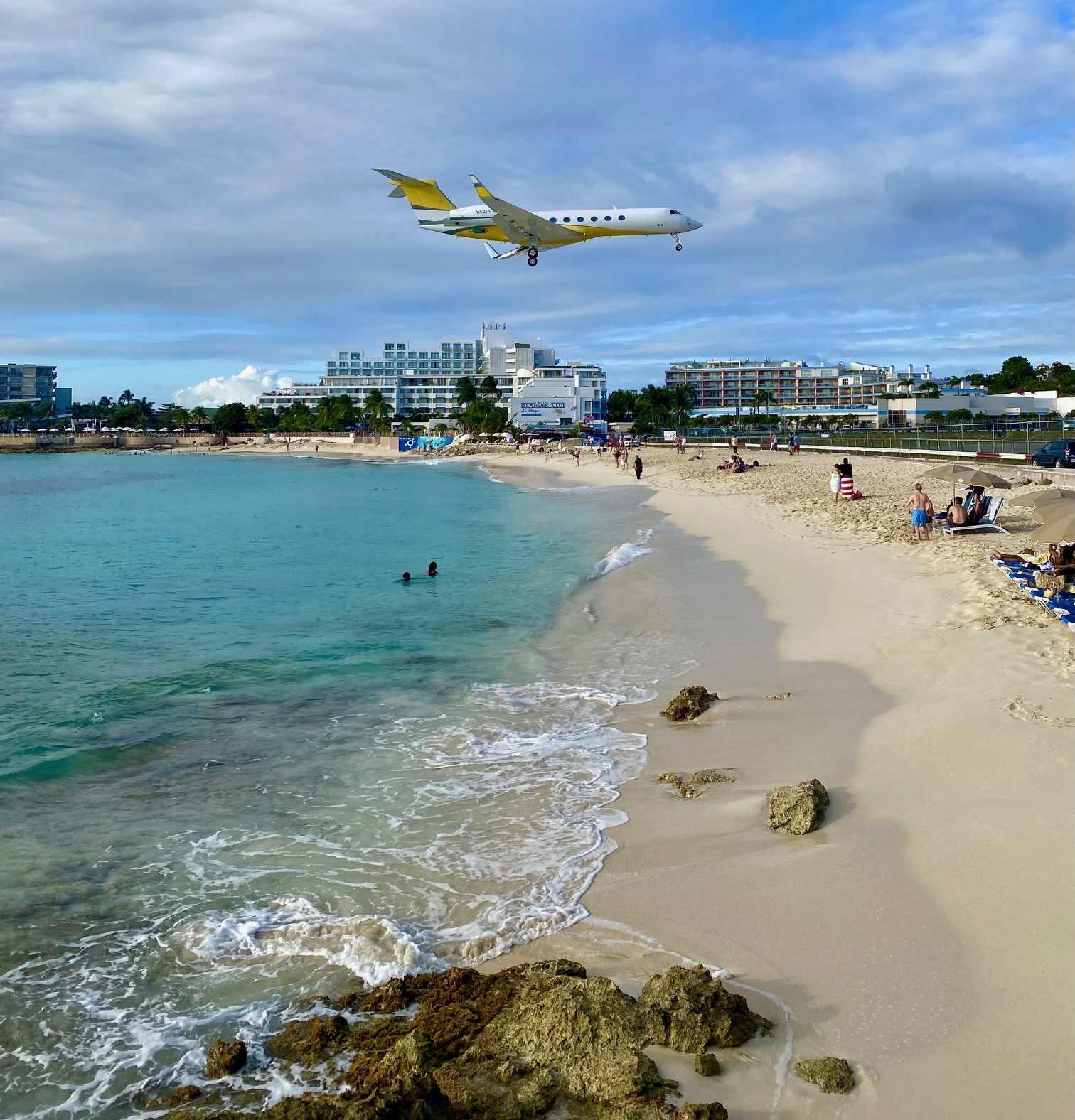
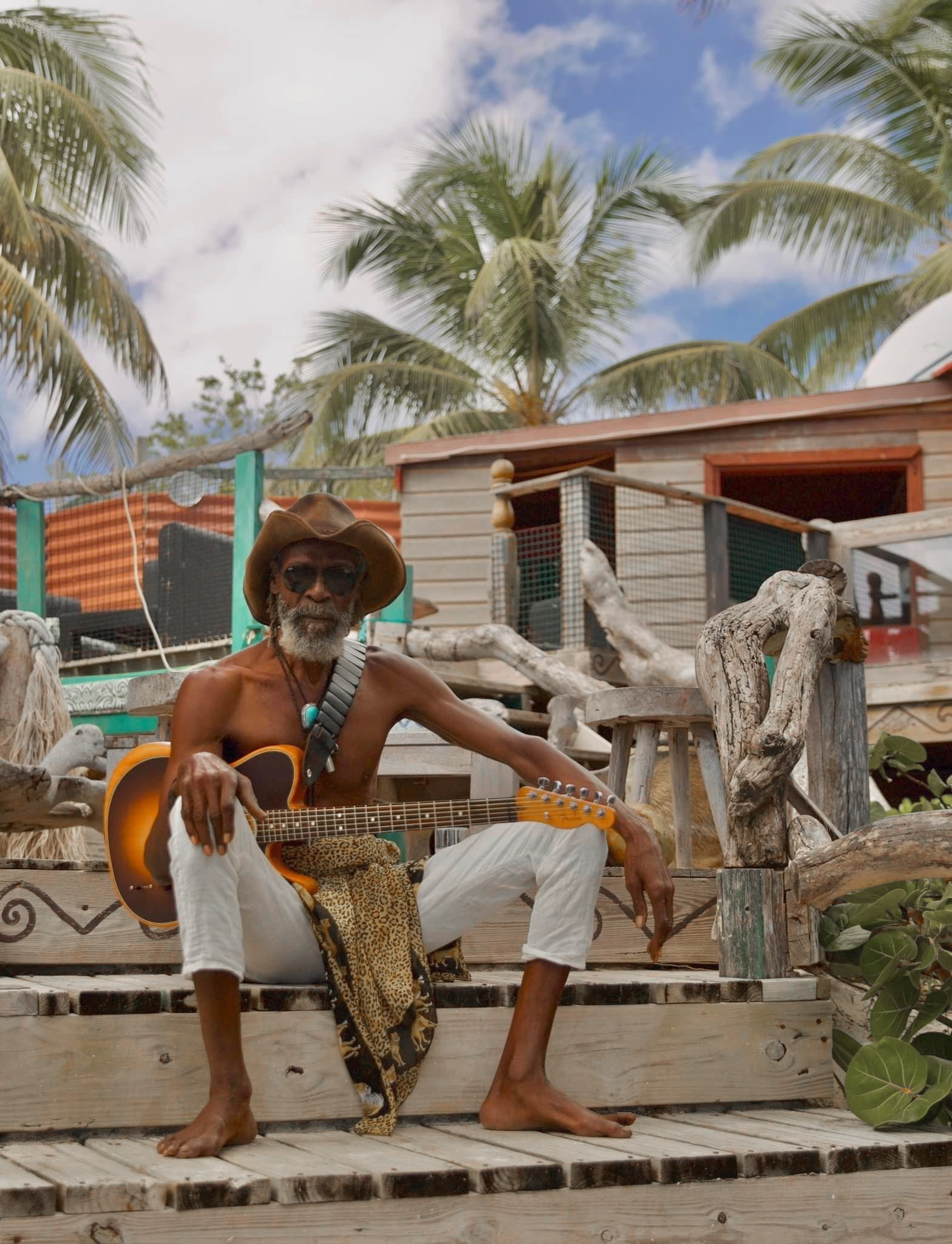
Another stop on the tour is the historic salt pans, well preserved and ideal today for bird watchers, when they were once the island’s main export. And it is no wonder that in Anguilla even the public wells are an attraction, because it was only thanks to them that the heroic supply of water from great depths could happen and, thus, the survival of the islanders was possible until recently. Once you have had your fill of the history of Anguilla, the main island of the archipelago of the same name, the northernmost of the Northern Windward Islands in the Lesser Antilles, you immediately have the feeling of finding yourself in a sincere land, which preserves the magic of being able to offer holidaymakers the luxury of authenticity and intimacy, and the desire to reveal itself without sophistication through its natural beauty, the friendliness of its people, its culinary traditions and its artistic soul. Plots of travel that intersect to give life, day after day, within those who experience them, to an inevitable sensation: to be at risk of a lasting “Sickness of Anguilla” once back home in Italy (via Paris with Air France and without forgetting to stop in the little bay near Saint Martin airport to see the planes take off and land at a more than close distance).
It is fateful, for this post-holiday nostalgic epilogue that keeps us glued to the island even from afar, to land at Rendezvous Bay, a boundless white beach where singer-songwriter Bankie Banx, called the “Bob Dylan of Anguilla”, and his Baech bar Dune Preserve have found a home. It is where, from the 10th to the 12th of next March, the Caribbean’s longest-running music festival, “Moonsplash”, returns for its 33rd edition. Eclectic, amidst woods recovered from the sea and fossil shells in the island’s limestone, this venue was
born from a precise design: “I wanted something alternative to concrete hotels, of which there are already enough here. I built a place that would not distract from the surrounding nature,” says Bankie, a musician and artist-craftsman who decided to live close to the Dune, on a tree-top cottage he designed.
At the age of nine, Banx was already playing the guitar. Today, at 69, he is considered a living legend in Anguilla and everyone goes to see his live shows. He likes to perform behind dark lenses, between puffs of cane and sips of rum, with his graceful movements, his low, somewhat rough, but intense and melodious voice, his guitar and the ever-present accordion. His gigs include autobiographical songs from his 12 albums and covers that enchant with his biting yet tender interpretation, as on the notes of Hallelujah or Redemption song. With his charismatic manner he bewitches, at the same time, when he revives pieces from his poetry such as the romantic ballad Just Cool or Back street Sammy. These are pieces of the happiest memories, for Bankie, in this “kingdom” of reggae, funk, jazz and Latin and salsa built at first in 1994 in April and then five more times after merciless hurricanes uprooted him.
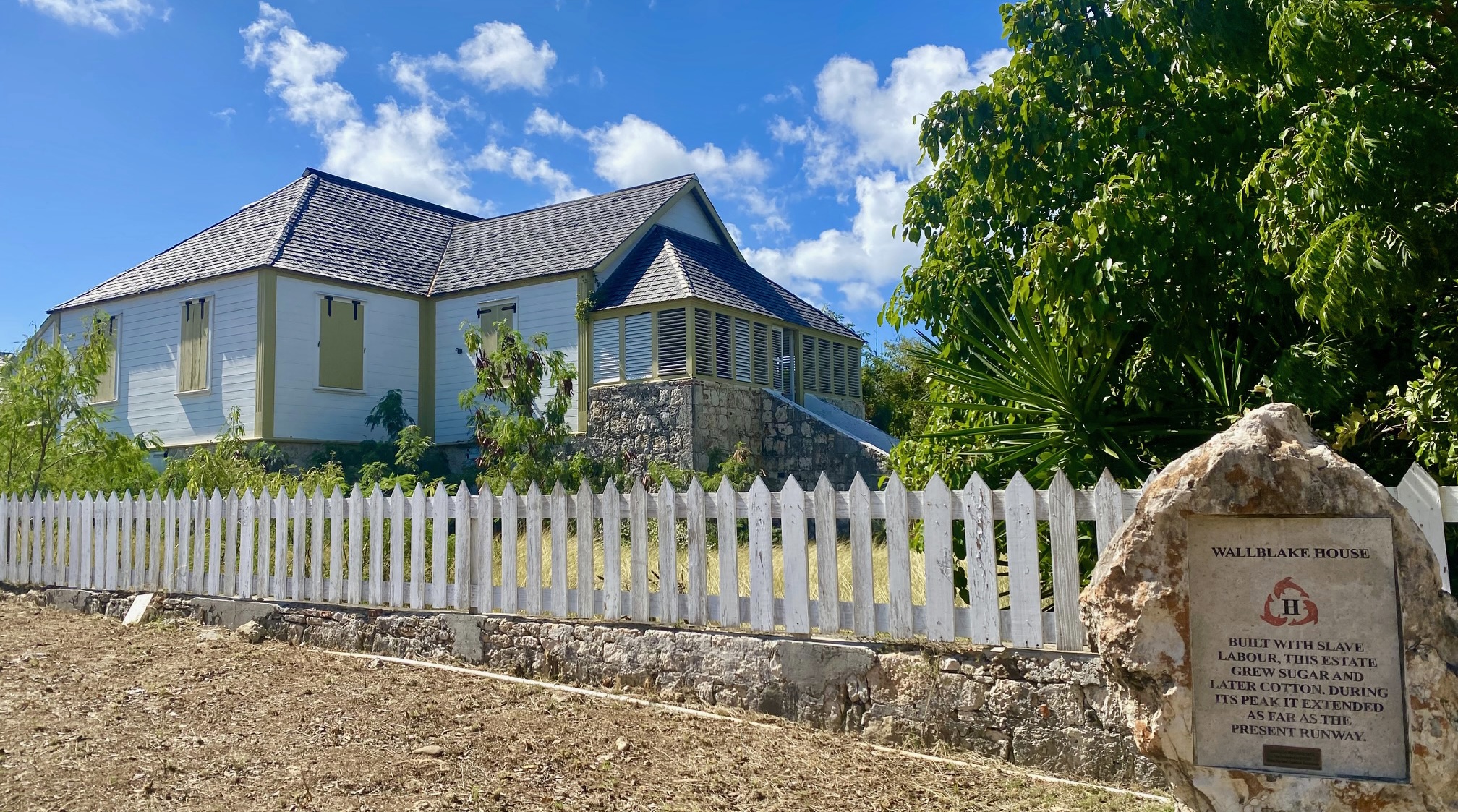
The rasta-looking singer- songwriter who boasts numerous offspring (five females and six males, “I’m actually very productive,” Banx jokes) is also a patron, supporting aspiring musicians who are still children and teenagers through courses in his club on Sunday afternoons: “It’s a project of my charity, a foundation that helps the little ones. We have a real prodigy, he plays the guitar very well already at the age of nine,” explains Bankie, always true to himself and special because of this. “No, I’m not special. I’m just someone who loves what he does and people feel and appreciate that. For the same reason they love coming to this place. Here you breathe life as an evolution, with a soul and a spirit. It is a place that has its roots here, like the tree on which I live, and it maintains and respects them,” says Banx, who has experienced many beautiful musical moments at Dune. Apart from these memories, Bankie loves nature and the full moon on the beach, which are always close at hand.
All this is contagious and that’s the beauty of Anguilla: making people rediscover the importance of returning to the almost primordial essence of places, appreciating them for their simplicity. Everything contributes to creating a rare mosaic of memories of heart-pounding beauty: be it the quaint Island Harbour where the handful of houses of the island’s few fishermen are concentrated; or Sandy Ground, unmissable with its nightlife at Lit Lounge, Elvis’ or Johnno’s, while during the day you embark on unforgettable excursions, from diving among the wrecks and reefs with Dougie, to absolute relaxation at Shoal Bay East or at Sandy island. This is a special atoll with a changing shape due to the action of the wind and the sea, housed in a protected marine reserve, where fragments of coral that look like fans rest on the shore and at the tables of a Beach bar you refresh yourself with the best Crayfish, the more tender, sweeter and smaller lobster endemic in Anguilla ($60 for a hearty dish) and a glass of Rhum punch.
Again, a horseback ride on the beach with nomadic rancher and rasta Zambezi Richardson is the experience not to be missed at Shoal Bay West, where in the evening one sits at the tables of the colourful, family-run restaurant Sharky’s, a typical Anguillan restaurant with a traditional cuisine based on “Anguilla Lobster cake” and “Caribbean Curry Chicken”. On Friday evenings, however, it is the streets of downtown in the capital and the courtyards of islanders’ homes that conquer the palates of tourists by lighting up their barbecues to sell “Ribs” and “Chicken legs and wings” for a few dollars. Finally, the “Crayfish night” isoverwhelming and all the rage, for gorging on the local lobsters in garlic and butter sauce for only $5. Try Roy’s Bayside Grill and Tasty’s in Sandy Ground.
Not that there is any shortage of gastronomic offerings from international brands for gourmand palates on the island. But nothing gives more taste than supporting a local cuisine that tastes good not only on the plate, being the result of the passion and commitment of the people of Anguillan to a fairer future. And who, more than our choices towards conscious and fair tourism, could help support this challenge?






